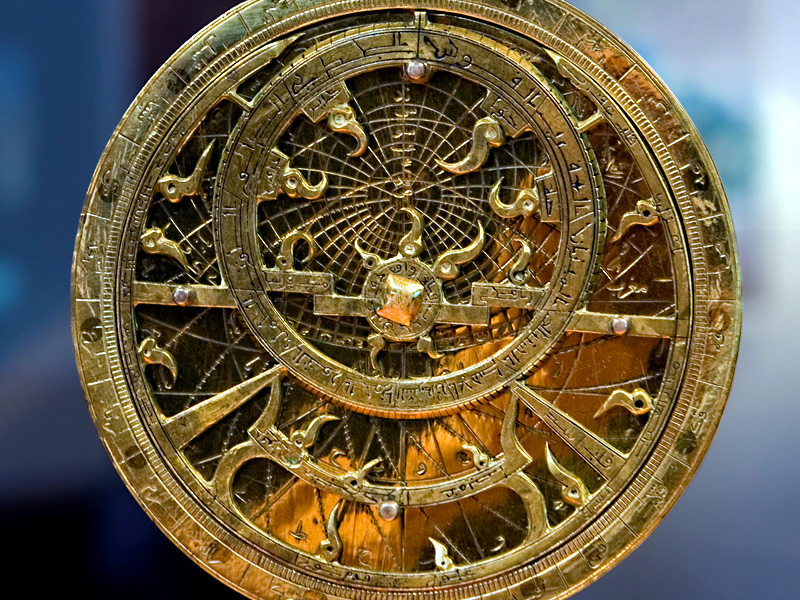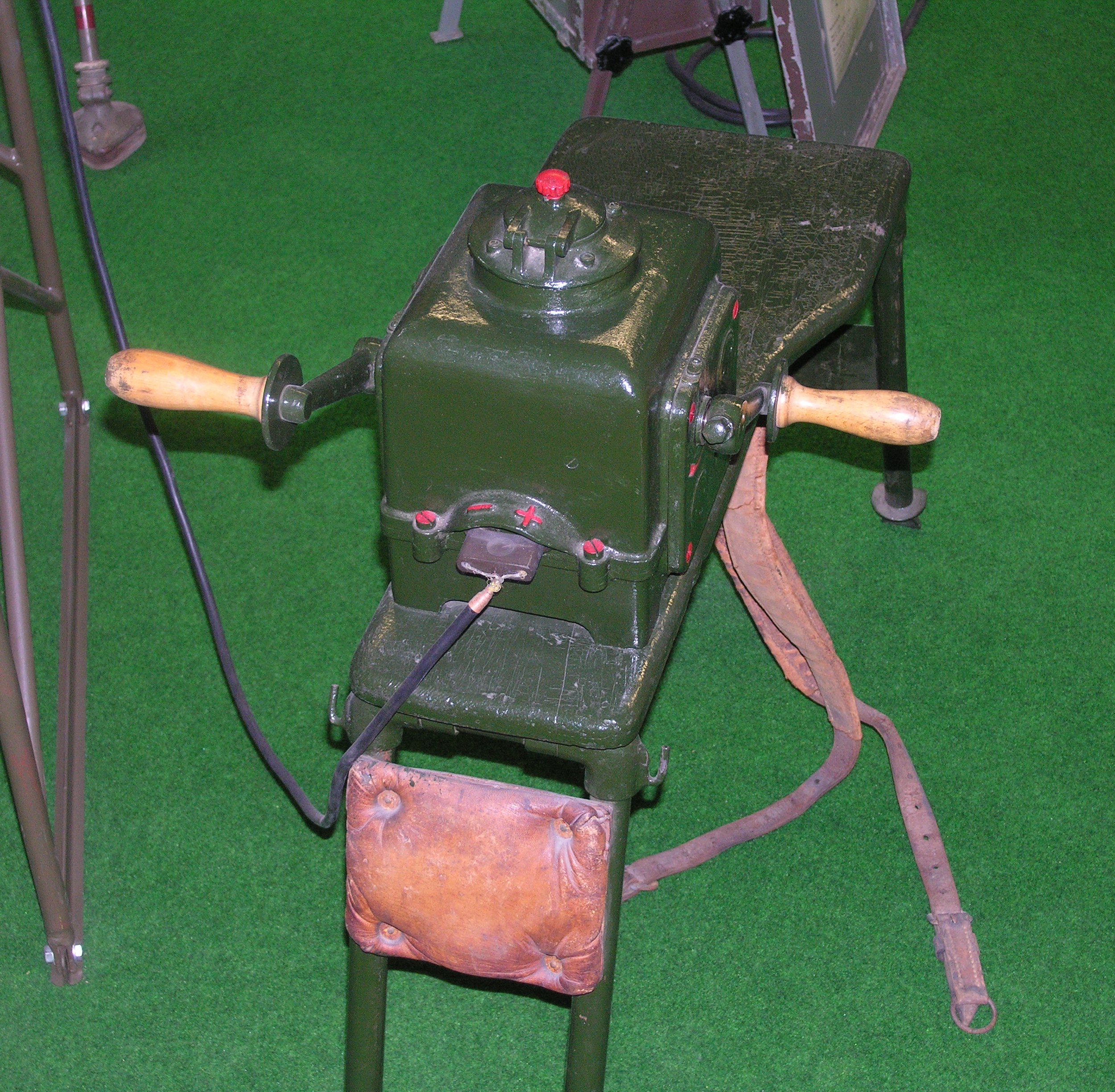Collecting vintage scientific instruments isn’t just a hobby; it’s a journey into history and innovation. They embody centuries-old craftsmanship, scientific discovery, and timeless elegance. Many collectors value these instruments not only for their functionality but also for their aesthetic appeal. High prices are common, as demand continues to rise among enthusiasts looking for a piece of the past.
Brass Sextants

Brass sextants, originally designed for navigation, are treasured for their intricate details and functional elegance. Used by sailors to determine latitude and longitude, they became essential for long voyages. The brass construction not only ensured durability but also gave them an elegant, polished look that collectors admire today. Prices vary based on age, condition, and provenance, with some 18th-century models fetching between $1,000 and $5,000. The combination of historical value and aesthetic appeal keeps brass sextants in high demand.
Astrolabes

Astrolabes, often made of brass or bronze, were intricate devices for astronomers and navigators dating back to ancient Greece. They allowed users to measure the positions of stars and planets, making them invaluable in early science. Collectors appreciate their detailed engravings and complex, multi-layered designs. Astrolabes from the Islamic Golden Age or the Renaissance can command prices upwards of $10,000, particularly if they’re well-preserved. Each astrolabe offers insight into ancient scientific and artistic achievements, making them prized among collectors.
Marine Chronometers

Marine chronometers are precision timepieces developed to aid sailors in determining longitude at sea, a breakthrough in maritime navigation. Made with incredible accuracy and built to withstand rough conditions, these instruments were vital in the 18th and 19th centuries. Collectors seek these for their mechanical complexity and history. Prices for high-quality antique marine chronometers often exceed $5,000, with rarer models valued even higher. The craftsmanship and history make marine chronometers an enduringly popular collectible.
Orreries (Mechanical Models of the Solar System)

Orreries, mechanical models representing the solar system, capture the beauty of celestial mechanics in miniature form. Created in the 18th and 19th centuries, they demonstrate planetary motion using gears and precise calculations. Collectors admire orreries for both their scientific significance and aesthetic craftsmanship. Prices for antique orreries can range from $2,000 to $15,000, depending on the complexity and age. Each piece offers a glimpse into historical understandings of the cosmos, making them a cherished addition to any collection.
Alidade Sighting Instruments

Alidade sighting instruments, used primarily for surveying and astronomy, consist of a straightedge with a sight for accurate angle measurement. These instruments, often crafted from brass, were essential in early mapmaking and land surveying. Collectors value alidades for their historical applications and simple yet precise construction. Antique brass alidades, especially those with unique markings or origin, can be worth between $500 and $2,500. Their role in exploration and discovery makes them highly collectible.
Surveying Compasses

Surveying compasses, commonly known as circumferentors, were vital for accurate land measurements in the field of surveying. Crafted with brass and steel, these tools featured intricate engravings, often denoting the maker and origin. Collectors look for compasses in good condition with clear, readable engravings, as these details enhance their value. Prices range from $1,000 to $3,500, with rare models commanding even higher prices. Surveying compasses symbolize an era of expansion and mapping, adding historic depth to any collection.
Apothecary Scales and Weights

Apothecary scales and weights, used by pharmacists for precise measurements, are admired for their elegance and functionality. These scales, often made with brass and encased in glass, helped apothecaries mix exact dosages of medicines. Today, collectors prize them for their aesthetic and historical appeal. Depending on age and condition, apothecary scales can be valued between $500 and $3,000. The intricate craftsmanship and polished brass weights make these a desirable collectible.
Microscope Sets from the Victorian Era

Victorian-era microscopes, with their brass fittings and ornate details, marked a significant advancement in biological sciences. These instruments allowed scientists to observe microscopic life, leading to numerous discoveries. Collectors favor these sets for their intricate designs and historical importance in scientific progress. Well-preserved Victorian microscopes, complete with lenses and cases, can range from $1,000 to $6,000. Their blend of function, design, and history keeps them highly sought-after in the collectors’ market.
Barometers with Mercury Mechanisms

Barometers with mercury mechanisms were key tools for measuring atmospheric pressure, predicting weather changes centuries ago. Crafted with polished wood, brass, and often glass, these barometers feature mercury-filled tubes that rise and fall with pressure changes. Collectors favor them for their aesthetic design and historical relevance, particularly those from the 18th and 19th centuries. The delicate mercury mechanism requires careful maintenance, adding to their allure. Depending on age and condition, mercury barometers can fetch between $1,000 and $5,000. Their craftsmanship and history make them sought-after items in vintage collections.
Geiger Counters from the Atomic Age

Geiger counters, developed during the Atomic Age, were used to detect radiation, becoming symbolic of the Cold War era. These handheld devices, often encased in durable metal with simple dials and meters, are valued for their historical context and functionality. Collectors prize models with original dials, intact mechanisms, and visible wear that tells their story. Geiger counters from the 1940s and 1950s can range from $300 to $2,000, depending on rarity and condition. Their association with a significant period in history makes them valuable collectibles.
Brass Telescopes

Brass telescopes, elegantly crafted and functional, allowed early astronomers to explore the night sky. Known for their polished brass finish and extendable barrels, these telescopes were often used aboard ships and in private observatories. Collectors look for telescopes with original lenses, stands, and engraving, as these details increase their value. Antique brass telescopes from the 18th and 19th centuries can range from $1,500 to over $10,000. Their blend of beauty and scientific importance makes them highly sought after in the vintage market.
Antique Spectroscopes

Antique spectroscopes, used to analyze light spectra, played a key role in scientific discoveries related to elements and their properties. These instruments, often made with brass and glass prisms, have a distinctive, delicate appearance. Collectors seek well-preserved spectroscopes with functioning prisms and original components. Depending on age and complexity, antique spectroscopes can range from $500 to $3,000. Their role in the evolution of chemistry and physics adds to their collectible value.
Early Hand-Crank Generators

Early hand-crank generators, originally used to produce electric current manually, showcase the dawn of electrical experimentation. Typically made with a crank handle, copper coils, and iron frames, these generators are sturdy and practical. Collectors appreciate the industrial look and mechanical simplicity of these generators, especially when they include original coils and fittings. Prices vary, with some fetching between $300 and $1,500 depending on the model and condition. They represent a hands-on approach to early science, making them attractive to collectors.
Graphophones (Early Voice Recorders)

Graphophones, early voice recording devices, were groundbreaking for their ability to capture and play back sound. Often made with intricate brass components and delicate cylinders, they reflect the ingenuity of early audio technology. Collectors value graphophones with original cylinders, soundboxes, and crank mechanisms. Antique graphophones, especially those from the late 19th century, can range from $800 to $4,000, depending on condition and rarity. Their role in audio history makes them a highly prized addition to any collection.
Phonographs with Horn Amplifiers

Phonographs with horn amplifiers, popular in the early 20th century, were among the first devices for playing recorded music. These phonographs, with their large, decorative horns and wooden bases, are both visually striking and historically significant. Collectors seek models with intact horns, original mechanics, and unique finishes. Depending on the manufacturer and condition, phonographs can be valued between $1,000 and $10,000. Their distinct design and place in music history make them a cherished collectible.
Portable Altimeters

Portable altimeters, used by early aviators and explorers, were essential for measuring altitude accurately. Typically crafted with brass casings and detailed dials, these instruments were rugged yet refined. Collectors value altimeters that retain clear markings and functional dials, particularly those with specific engravings or maker’s marks. Prices for vintage altimeters can range from $500 to $2,000, depending on their condition and origin. Their association with aviation history makes them a fascinating addition to any collection.
This article originally appeared on Rarest.org.
More from Rarest.org
14 Migratory Fish Endangered by Overfishing and Dam Construction

Migratory fish species are vital to ecosystems worldwide, but many face growing threats from overfishing and dam construction. Read More.
11 Largest Cruise Ships in the World

Cruise ships have grown into massive floating resorts, offering luxury and adventure at sea. Read More.
12 Oldest Written Languages in The World

The history of written language dates back thousands of years, shaping civilizations and communication as we know it today. Read More.
